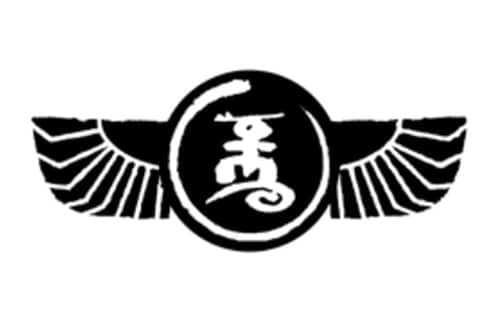
Carve Surfboard Guide 2022
Your future ride awaits you, treat yourself to a new sled.
Buying a new board.
Buying a new surfboard is one of surfing’s great pleasures. But it can also be a daunting prospect with so many models and shapes now available. So, how do you find the perfect board for you?
by Trev Clayton, Down the Line
When the Dumpster Diver hit the surfboard market place in 2007, the choice of surfboards suddenly went through the roof. Up until then there were shortboards, guns, mini mals and longboards – and that was basically it. If you surfed a shortboard, then as you got older and less fit your board grew an inch. Volume, as a guide, hadn’t come into the equation back then, so you didn’t even have that to consider. Most board buying was down to length, width, thickness and the good old jiggle test. A lot of shortboard surfers sank or gave up, purely because of the paddle power of their boards. Choosing your next board was relatively easy if you had your boards dialled.
Nowadays however the scenario is totally different. There are hundreds of different shapes and designs out there to choose between: Different rails, rockers and planshapes. Boards for every wave size and wave shape – flat waves, steep waves, rolling waves. Boards for waves with different amounts of power. So you can fine tune your equipment and get exactly the right board for both how you surf and where you surf. But dialling that in can be a bit tricky. So, how do you do it? Well, once you’ve got to the board buying stage think how you surf (cruising, ripping, do you surf off your back foot or front foot), and how you want to surf? Do you like your board, do you need more help paddling and catching waves?
Then, you can decide how many fins you are going to go for. If you’re a top to bottom surfer who spends their whole time in the pocket, then the thruster is the one for you. Straight up and down the wave it’s hard to beat. Push hard and it’ll turn tight with great control. The down side is that you get drag from the centre fin, which means it’s not as quick as other fin set ups.

If you want to surf more of the open face then maybe try a twinny. Twin fins have really come into their own again over the last five years as they’ve been redesigned for modern day surfing and are now a valid one board quiver for surfing in the UK. That lively loose feel you get from a twinnie works so well on our weaker, slacker surf. They give you a lot more speed, as there is less drag. If you are out on the face they enable you to turn smoothly while holding your speed. The down side however is that on a steeper, faster wave, you might have to nurse a small wave twinnie a bit, as you don’t have that stabilising centre fin to push against. They can sometimes spin out if you push too hard. (Obviously twin pins and the like built for reefs and points have fins set up to allow for this, but going over the ledge on a twin is still an acquired taste for most.)
Somewhere between the two sits the quad. Quads get up to speed quicker than the thruster as you don’t have the centre fin drag, and you don’t have to work them like you do a thruster to generate speed (due to their forward drive), but they don’t generally turn as well or as tightly as a thruster.
When it’s small and weak surf, quads are great. Also in fast, hollow waves when high line speed is required, the quad works better than the thruster. When you want to turn though, that’s when the thruster comes into its own.
Once your fin set up is sorted, you need to work out the correct board for your needs. The most important rule here is that a long standing relationship with an honest and experienced shaper or board salesman will pay handsomely.

Firstly decide what wave size you want to cover – up to chest high, chest high to just overhead (your daily driver), overhead to double overhead. When you have worked that out, then think of where you are surfing and the type of wave you are surfing.
Let’s say this board is for you to surf your local beachie. Your average British beach breaks are not that powerful and generally err on the slacker side, so take this into account. A slacker, fatter wave will require a fatter, flatter board with fuller rails and more volume (this will enable you to catch waves easily and not bog down in the slacker, slower conditions).
If your local wave stands up more and is more powerful, then you will need a board that has more curve in it to fit the wave shape. Also, a lower rail to bite into the wave, as a full rail won’t hold onto the wave as well when you’re going a lot faster. As always, speak to the experts. We see a lot of well meaning advice being given out on forums that isn’t necessarily going to help when they haven’t actually seen your old board or know how you surf.
Take your old board with the regular fins you use into the shaper or surf shop.
Tell them what you like and don’t like about it. They have seen so many boards that they should be able to tell what plan shape, rocker, rails, size and volume will help you progress. And maybe they have demo board you can try.
Good luck!













